Electrostatic Air Filter Sales & Installations
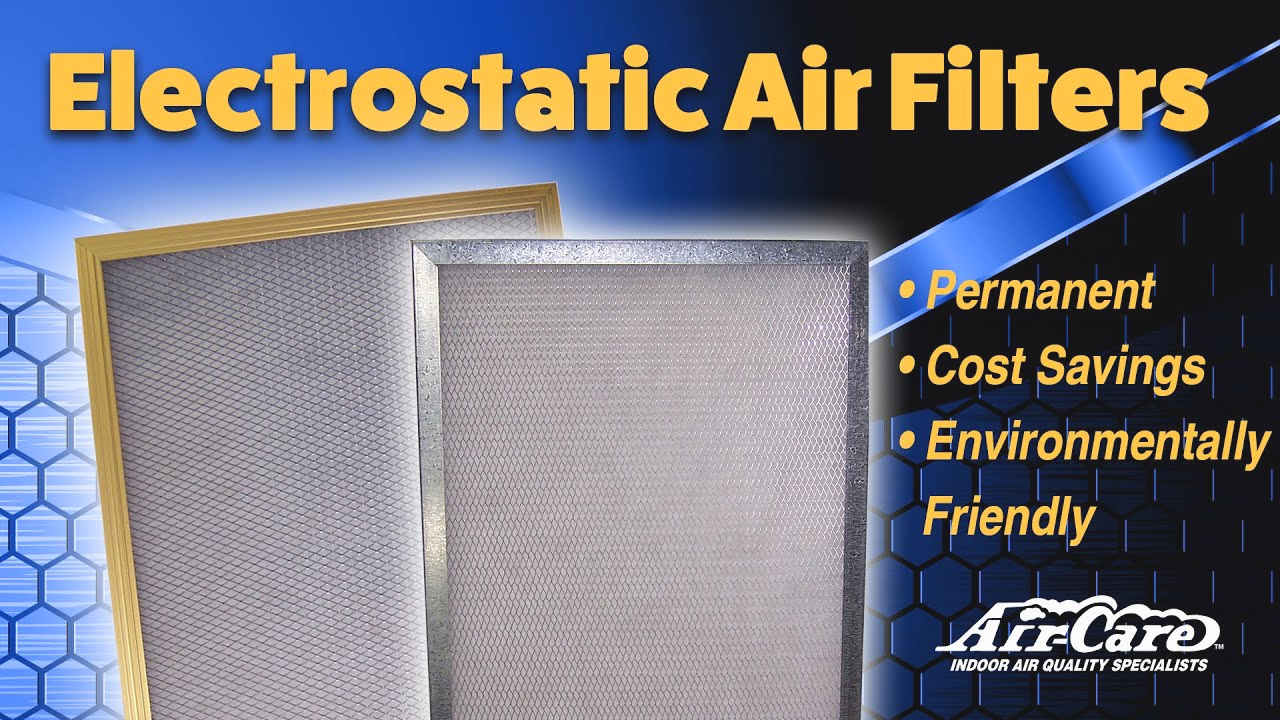
What Are the Benefits of Electrostatic Air Filters?
An air filter is a crucial part of an HVAC system. Air filters prevent dust, debris, and other particles from entering the HVAC system and recirculating in the air.
There are different types of air filters and they are not made equal. One excellent option is the electrostatic air filter.
What is an electrostatic air filter?
An electrostatic air filter is commonly known as a washable or reusable filter. It uses particles with an electrostatic charge to trap and prevent airborne particles such as dust particles, animal dander, debris, pollen, and other smaller particles from recirculating in the air you breathe at home.
Unlike a disposable filter that is usually made of paper and fiberglass and has a cardboard frame, an electrostatic air filter has a durable filter panel made of aluminum. It uses polyurethane and polypropylene blends to produce static electricity.
Like other types of air filtration, electrostatic air filters have pros and cons. To decide if an electrostatic air filter is right for you, first understand how furnace filters and AC filters work in the heating, air conditioning, and ventilation system.
Ultimately, the right option for you is the air filter that will address the needs of your home.
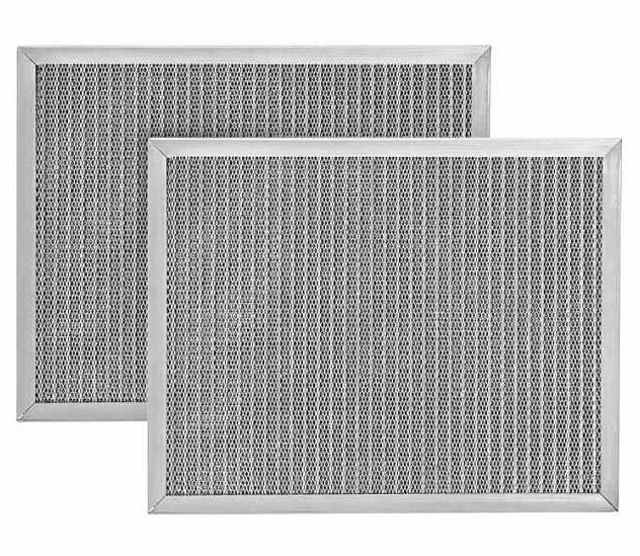
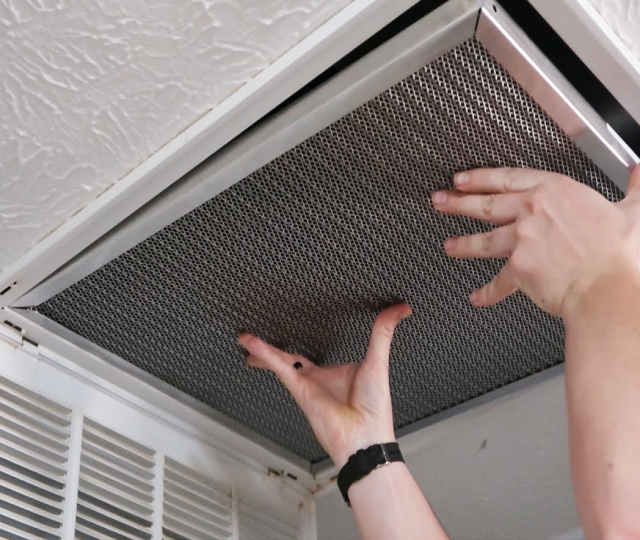
What are air filters for?
As air moves through your HVAC system, the air carries with it airborne particles like dust, dander, viruses, and bacteria that are potentially hazardous to your health. Air filters work to stop and collect these airborne particles.
Whether you’re looking at a heater or an air conditioner, all filters work the same way. The air filter acts as a sieve to prevent air pollutants from contaminating the air quality in your home and damaging the HVAC system itself.
Over time, dust and other air contaminants cause a buildup in your filters, preventing the circulation of clean air. When this happens, the clogged filter has to be cleaned or replaced.
What are the different types of filters?
There are three types of air filters and each has its benefits.
Basic disposable air filters are usually made of fiberglass and paper while reusable filters use metal plates. Air filters also vary in size and efficiency, which is measured by Minimum Efficiency Reporting Value (MERV) and Microparticle Performance Rating (MPR). The higher the MERV rating and MPR, the higher the efficiency.
Electrostatic
Unlike the pleated and HEPA filters, an electrostatic filter uses electricity to prevent air contaminants from passing through the filter. Electrostatic filters have two layers of filtration, an ionizer and a carbon layer.
HEPA
A HEPA filter or a High Efficiency Particulate Air filter uses a dense mat of specially configured fibers that captures up to 99.7 percent of contaminants 0.3 microns or greater. Because of high-efficiency rate, HEPA filters cost more than other types of filters.
Pleated
Pleated filters usually have a MERV rating of 5 to 12, which makes it an efficient filtration system over most manufacturer-provided filters. Pleated filters can easily capture dust, dust mites, pet dander, pollen, mold, and small bacteria.
Because of the highly-dense materials they are made of, pleated filters can restrict air flow and increase electric energy consumption.
How does an electrostatic filter work?
Air contaminants such as pet fur, dirt, pollen, dander, and many more are negatively charged particles. Negatively charged particles are attracted to positively charged surfaces.
The electrostatic filter has a positively charged ionizer that attracts the negatively charged particles in the air. When these particles touch the ionizer, the filter releases electrostatic energy. The now-heavy particles instantly leave the airstream and fall to a collector.
Contaminants that escape the ionizer are filtered by another layer of filtration, which is made of carbon.
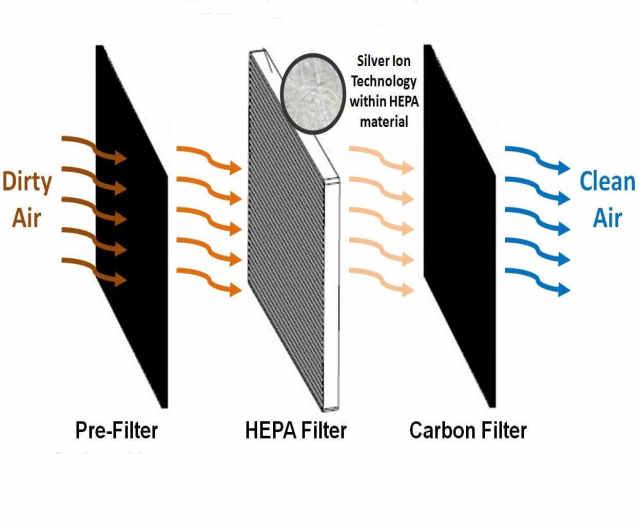
What are the benefits of an electrostatic filter?
An electrostatic filter has an ionizer that attracts and traps pathogens. Anything that escapes this filtration layer will go through carbon filtration. This second layer eliminates most, if not all, remaining pollutants so that only clean and safe air circulates in the house.
Depending on the brand, electrostatic filters have a MERV rating between 5 and 6, which means they can effectively stop dust and other contaminants that are 3.0 to 10.0 micron size from passing through the filter and into the air stream.
This is good news for homeowners. Using electrostatic air filters can assure them of clean, safe air at home. People with asthma and other respiratory conditions, however, are usually advised to use a HEPA filter, which filters out even smaller particles in the air.

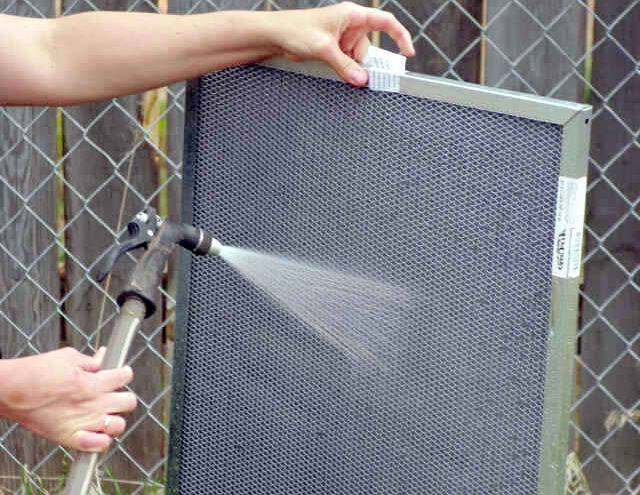
Saves time and money
An electrostatic filter has a slightly higher upfront cost, but it saves you money over time because electrostatic filters are washable. After a thorough cleaning, an electrostatic filter works like a brand-new filter. It also reduces the frequency of air duct cleaning intervals. You can reuse it many times, or until you are ready to change the whole system.
Regular washing of an electrostatic air filter will save you from spending money on new disposable filters. The right disposable filter for your system may also be difficult to find. Searching for the right size, make, and brand usually takes more time than just washing your filters at home.
How does an electrostatic air filter affect indoor air quality?
Electrostatic air filters effectively prevent air pollutants from recirculating the air. The effectiveness of a filtration system is measured against a set standard known as MERV. The average home filtration MERV rating range between 6 to 13.
Most electrostatic air filters are rated MERV 6, which is ideal for residential structures. MERV 6 air filters can effectively filter out 3.0 to 10.0 micron particles.
Minimum Efficiency Reporting Value (MERV)
MERV is the standard used to measure the efficiency of air filters. A MERV rating tells customers how effective an air filter is in capturing air pollutants and preventing them from re-circulating in the air. MERV ratings range from 1 to 20, where MERV ratings 1 to 16 are considered HVAC-unit-grade filters.
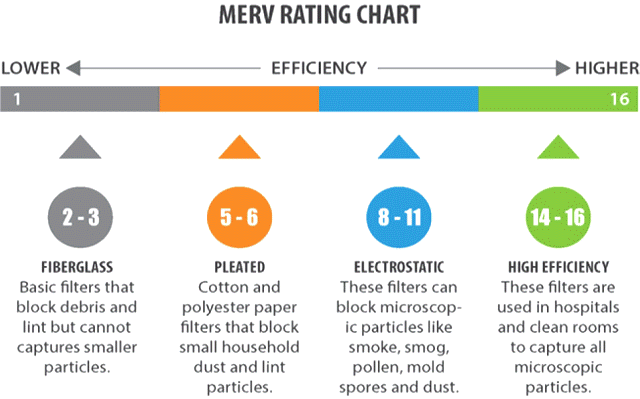
What is indoor air pollution?
There are 3 types of indoor air pollution: particulates, biological, and chemical.
Particulates
Particulates make up 35% of the total indoor air pollution in your home. This includes pet dander, pet hair, pollens, and many more. Ordinary air filters can successfully filter out particulates from the air.
Biological
Thirty-four percent of indoor air pollution is composed of biological contaminants. These are micro-organisms like dust mites, mold spores, bacteria, and viruses. Many of these microorganisms cause respiratory problems, like the common colds and the deadly Covid 19.
Chemical
Chemical pollution comes from Volatile Organic Compounds or VOC’s that are found in paints and other products commonly used at home. These are hazardous chemicals that may lead to long-term effects like eyes, nose, and throat irritation; headaches and nausea; and irreversible damages to organs like the kidneys, liver, and the nervous system.
How to improve indoor air quality
Good indoor air starts with good indoor hygiene. Aside from regularly changing air filters, there are several ways to improve the air quality in your home. Regularly cleaning the house while focusing on reducing dust, mold, pet dander, and other air pollutants can dramatically improve indoor air quality.
Vacuuming carpets, rugs, and sofas at least once a week lessens the accumulation of air pollutants. Regularly changing beddings, pillow covers, curtains, and other household items that attract pollutants improve indoor air.
Trapped air promotes more air pollutants, so opening windows to let in fresh air is a big help. This may not always be applicable during cold winter months. However, opening a window or two for a short duration is better than nothing.
How often does an electrostatic filter have to be cleaned or replaced?
An electrostatic filter is washable and reusable. Because of its heavy-duty filtration system, air pollutants can rapidly accumulate on the filter and clog it.
A clogged filter prevents clean air from passing through so that a shortage of air supply will eventually occur, forcing the HVAC system into an overdrive.
Cleaning the filters every month will prevent clogging while replacing it every 3 months will ensure continuous protection from air pollutants.

How is an electrostatic filter maintained?
Electrostatic air filter maintenance is easy. The following are the easy cleaning steps to prevent the filter from clogging and to keep the electrostatic air filter in good condition.
Before starting with the first step, remember to switch off power supplies to avoid accidents.
- Remove the filter from the filter box. The filter box is located in the furnace.
- Spray the filter with water using a garden hose. Spray the opposite side of the air flow arrows first, then move on to the other side at a downward angle.
- Use a dish-washing soap to clean the filter at least a few times a year. This helps remove stubborn dirt and dirt residue in the filter.
- Wait for the filter to dry in approximately 15 to 30 minutes.
Remember to clean the furnace filter once a month to avoid a buildup of air pollutants. If you’re not keen on cleaning the filter, disposable filters may better suit your needs.

Will a furnace or an air conditioner work while waiting for the filter to dry?
Heating and air conditioning equipment will function even without air filters. However, homeowners are highly encouraged to wait for 15 to 30 minutes for the electrostatic filters to completely dry. Running an HVAC system without air filters allows airborne particles like dust, debris, pollens, dander to enter the HVAC system and recirculate throughout the house.
What to do before buying an electrostatic air filter
Before changing to an electrostatic air filter, decide if washing filters is something you can do regularly. Otherwise, choose the disposable type of filter. Dirty filters restrict air flow and lead to other more serious air conditioner or furnace problems.
An electrostatic air filter is an excellent option if you want a reusable filter with excellent performance based on its MERV ratings.
If you’re in the Phoenix area, call us and talk to an HVAC professional, or schedule a home visit with one of our trusted HVAC technicians. We answer frequently asked questions about air conditioners and HVAC systems. We help customers decide what’s best for them and their HVAC system.
